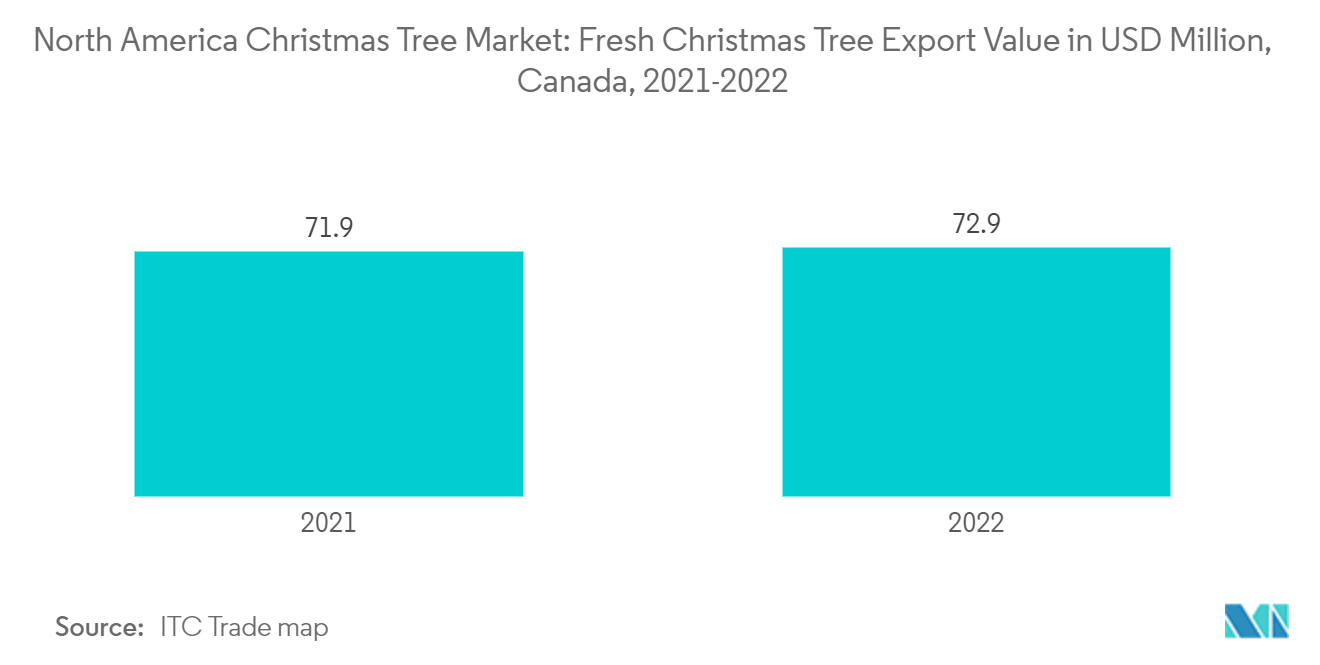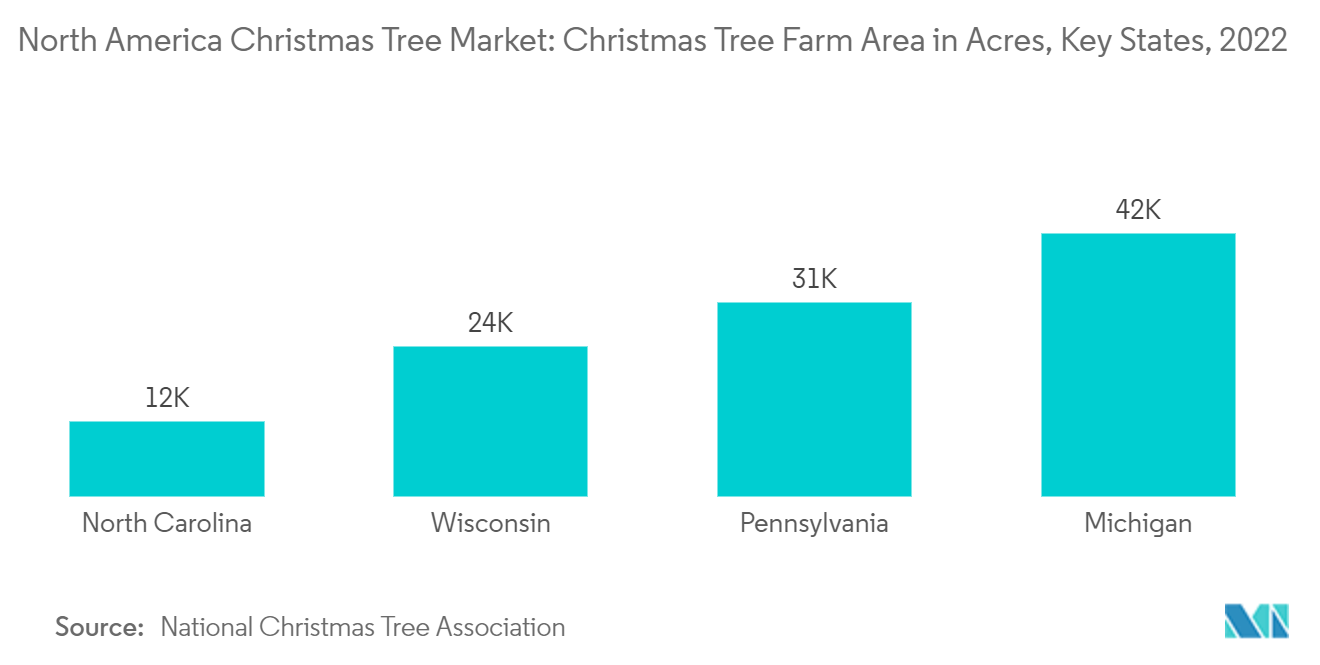Market Trends of North America Christmas Tree Industry
Growing Consciousness Toward Environmental Sustainability
Environmental sustainability is increasingly important to consumers, especially the younger generation, which is more aware of its ecological impact. Products made from plastic and metal, such as artificial Christmas trees, require significant energy to manufacture and process, contributing to pollution. This growing awareness of sustainability and eco-friendliness drives a shift in consumer purchasing decisions toward more environmentally friendly options, including real Christmas trees.
The demand for real, biodegradable, and recyclable Christmas trees is projected to increase in the coming years. These trees, once harvested, can be recycled into mulch or biofuel, offering a more sustainable alternative to artificial trees that end up in landfills. However, meeting this growing demand poses challenges, particularly in regions like Canada, where real Christmas trees are cultivated. Also, trees take 7 to 10 years to grow, leading to a potential shortage in domestic supply.
Canada is a significant exporter of fresh Christmas trees, with the United States being its primary market. In 2023, Canada exported 2.03 million fresh Christmas trees worldwide, with 1.96 million of those going to the United States, according to the ITC Trade Map. With sustainability at the forefront of consumer minds, the demand for real, eco-friendly Christmas trees is set to grow, creating opportunities for growers and the market.

The United States is the Largest Market for Christmas Trees
The United States is home to a vast and thriving Christmas tree industry, with natural trees grown and harvested across all 50 states. According to data from World Population Review, North Carolina, Michigan, Pennsylvania, and Wisconsin lead in production and sales, solidifying the United States as a global hub for the Christmas tree market. According to the Michigan Christmas Tree Association, around 30 million natural Christmas trees are sold annually, meeting a significant portion of domestic demand. Over 100 million trees are growing nationwide to support this, ensuring a steady supply for years.
The United States is also a top exporter of Christmas trees, supplying several countries, including Mexico, Brazil, Russia, and Japan. This strong export market highlights the international demand for high-quality, natural Christmas trees from the United States. According to the National Tree Company, more than 20 species are cultivated for holiday use in the country, including popular varieties like Balsam, Douglas, Fraser Firs, Red, Scotch, and Cedars. These species cater to a diverse range of consumer preferences, ensuring that there is a tree to suit every holiday home.
According to the United States Department of Agriculture, in 2021, about one-quarter of natural Christmas trees sold in the United States came directly from cut farms, providing consumers with a hands-on, traditional tree-buying experience. Additionally, 28.5% of sales came from large chain stores like Costco and Home Depot, while 11.6% were purchased from nurseries, according to the data from NC State Agricultural and Resource Economics. Other sources, such as churches and local markets, also contribute to the availability of natural Christmas trees. Also, the growing inclination of millennial consumers toward traditional and environmentally sustainable trees is anticipated to lead the market's growth during the forecast period.


